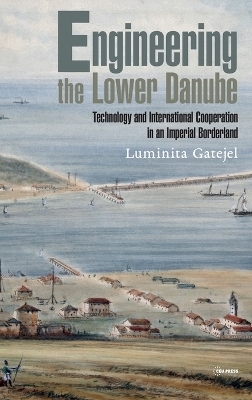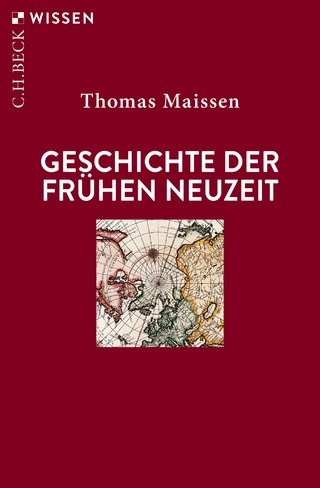
Engineering the Lower Danube
Central European University Press (Verlag)
978-963-386-579-8 (ISBN)
Since the late eighteenth century, military conflicts and peace treaties changed the nature of sovereignty over the area, as the expansionist tendencies of the Habsburg and British Empires encountered rival Ottoman and Russian imperial plans. The inconvenience that the river’s physical shape obstructed free navigation and the growth of commercial traffic, was an increasing concern to all parties. This book shows that alongside imperial aspirations, transnational actors like engineers, commissioners and entrepreneurs were the driving force behind the river regulation. In this highly original, deeply researched, and carefully crafted study, Gatejel explores the formation of international cooperation, the emergence of technical expertise and the emergence of engineering as a profession. This constellation turned the Lower Danube into a laboratory for experimenting with new forms of international cooperation, economic integration, and nature transformation.
Luminita Gatejel is a senior researcher at the Leibniz Institute for East and Southeast European Studies in Regensburg.
Acknowledgements
List of Figures
List of Acronyms and Abbreviations
Introduction
Engineering International Cooperation on the Lower Danube
Building Infrastructure along the Lower Danube
Sources and Outline
Chapter 1. Exploring the Danube
Knowledge and the Imperial Appropriation of the Lower Danube
Luigi Marsigli and Austrian Expansionism on the Lower Danube
The First Habsburg Economic Enterprises on the Lower Danube
State Support and Renewed Attempts to Upgrade the Danube Route
New Habsburg Assessments at the Turn of the Century
Why Did the Shipping Connection on the Danube Fail?
Russia’s Steady Advance to the Lower Danube
Russia’s “Enlightened” Projects Along the Lower Danube
Conclusion
Chapter 2. Connecting the Danube with the Sea
Physical and Symbolic Boundaries at the Iron Gates
Military Surveys at the Iron Gates
Technical Assessments of the Iron Gates
Negotiating the Passage to the Lower Danube
First Engineering Breakthrough at the Iron Gates
Traveling through the Iron Gates
Delays and Damage to the Sulina Channel
Circumventing the Danube Delta
Conclusion
3. From Confrontation to Cooperation: the Crimean War and Its Aftermath
War as an opportunity at the Iron Gates
The Danube Delta During the Crimean War
The Failed Riverine Commission
Engineering Breakthrough at the Mouth of the Danube
Hartley’s Provisional Project at the Sulina Bar
The Inauguration of Hartley’s Piers
Conclusion
4. The Danube Delta: A Success in International Ruling
Provisional Regulations for the Delta
The Public Act on Navigation
Budget Constraints
On the Way to Permanency
Consolidation Works at Sulina
Straightening the Sulina Channel
Conclusion
5. The Iron Gates Torn Between Imperial, International and National Interests
The Engineer Versus the Entrepreneur
The Limited Influence of the International Commission
A New Commission of Foreign Experts
Public Engineering Debates in Vienna
The Regulation of the Iron Gates as a Hungarian State-Building Measure
Impact and Consequences of the Regulation Project
Conclusion
Conclusions
Bibliography
Index
| Erscheinungsdatum | 17.12.2022 |
|---|---|
| Reihe/Serie | Historical Studies in Eastern Europe and Eurasia |
| Zusatzinfo | 15 Illustrations |
| Verlagsort | Budapest |
| Sprache | englisch |
| Maße | 152 x 229 mm |
| Gewicht | 635 g |
| Themenwelt | Geschichte ► Allgemeine Geschichte ► Neuzeit (bis 1918) |
| Geisteswissenschaften ► Geschichte ► Regional- / Ländergeschichte | |
| Geschichte ► Teilgebiete der Geschichte ► Wirtschaftsgeschichte | |
| ISBN-10 | 963-386-579-4 / 9633865794 |
| ISBN-13 | 978-963-386-579-8 / 9789633865798 |
| Zustand | Neuware |
| Haben Sie eine Frage zum Produkt? |
aus dem Bereich


